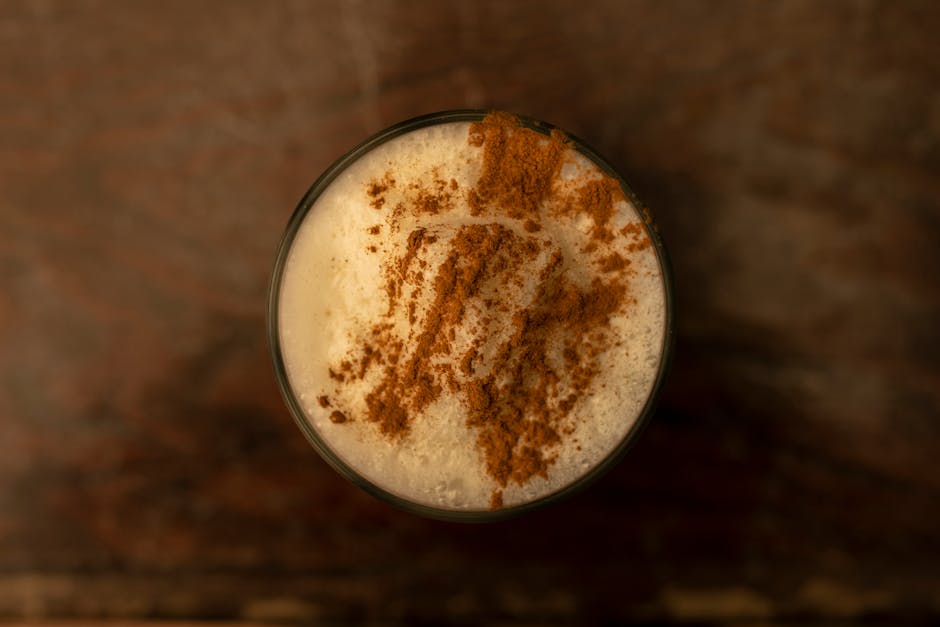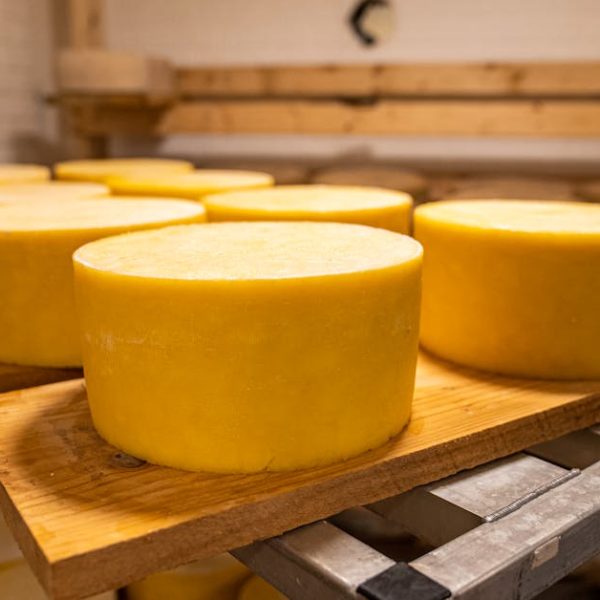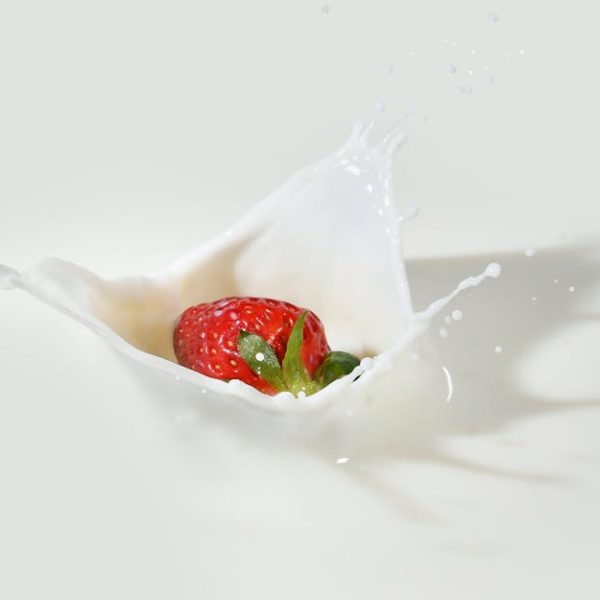Understanding the Concept of Shelf Life in Relation to Powdered Milk
Before diving into how long powdered milk actually lasts, it’s important to grasp the term ‘shelf life’. Simply put, the shelf life of a food product is the length of time it remains safe and palatable under specific storage conditions.
In terms of powdered milk, three key factors largely determine its shelf life:
- Packaging: The quality and type of packaging play a vital role in prolonging the shelf life of powdered milk. Premium packaging material that locks out moisture, light, and air can significantly extend the storage period.
- Storage Conditions: The environmental conditions where the powdered milk is stored has a direct impact on its longevity. Cooler, dryer conditions optimize the potential shelf life whereas warmer, humid environments can accelerate its degradation.
- Manufacturing Process: The method used by the manufacturer to dehydrate and process the milk into powder form influences the duration of the product’s shelf life.
When stored according to best practices, powdered milk can maintain its quality beyond its labeled ‘best by’ date.
The Typical Shelf Life of Unopened Powdered Milk
Depending on these variables, unopened powdered milk can last anywhere from 18 months to 2-10 years. It’s crucial to note that these are approximate values and specifics can vary based on brands and manufacturing methods.
Additionally, the packaging type can make a significant difference. Here’s a simple table to illustrate:
| Packaging Type | Pros | Cons |
|---|---|---|
| Paper Packaging | Eco-friendly, lightweight | Less durable, limited shelf life |
| Plastic Packaging | More durable, longer shelf life | Non eco-friendly |
| Metal Cans | Very durable, longest shelf life | Heavier, risk of rust |
Pro tip: Don’t rely solely on the ‘best by’ date stated on the package. These dates generally refer to the product’s optimal quality rather than its exact expiration.
Prolonging Shelf Life: Proper Storage and Handling of Powdered Milk
Appropriate storage not only helps to retain the quality of powdered milk, it can also extend its shelf life. Here’s your step-by-step guide:
- Store in a cool, dry place: Direct sunlight and heat can affect powdered milk’s quality. Room temperature or below is best for preservation.
- Avoid exposure to moisture: This is a powdered product’s enemy. Waterproof containers help prevent the product from absorbing moisture, which could lead to clumping or spoilage.
- Seal opened packages properly: Re-sealing opened packages securely can help to avoid contamination and retain long shelf life.
Make it a best practice to regularly check your storage place for any signs of insects or moisture, as they can degrade the quality of the milk powder.
Spotting Spoiled Powdered Milk: Signs and Symptoms
Knowing how to spot spoiled powdered milk is equally important. Powdered milk that’s gone bad can pose potential health risks if consumed. Look for these signs:
- Changes in Color: If the normally white or cream colored powder turns yellow or brownish, it likely has gone bad.
- Unpleasant Smell: Spoiled powdered milk gives off an off-putting smell, different from its usual mild milky fragrance.
- Clumping or Lumps in the Powder: Powdered milk should have a loose, powder-like consistency. Appearance of lumps or clumps could suggest moisture has gotten inside and spoilt the milk.
If any of these signs are present, it’s best to discard the product. Consuming spoiled powdered milk could lead to food poisoning symptoms like nausea, diarrhea and vomiting.
The Shelf Life of Powdered Milk After Being Prepared
Once you prepare powdered milk by adding water, its shelf life significantly decreases. Prepared powdered milk roughly keeps the same characteristics as fresh milk – it should be consumed within two to three days if refrigerated properly.
A few reminders for handling prepared powdered milk:
- Store it in the fridge, but never above 40 degrees Fahrenheit. Bacterial growth rapidly occurs in warmer conditions.
- Consume the prepared milk within a couple of hours if stored at room temperature.
- Avoid returning leftover milk to the original batch to prevent contamination.
Pro tip: Help reduce waste and spoilage by preparing only the amount of milk you plan to consume.
Final Thoughts
The shelf life of powdered milk can vary based on packaging, storage conditions, and the manufacturing process. A general rule is that unopened powdered milk should last from 18 months to up to 10 years. However, once the package is opened, aim to use the product within 3 to 6 months for the best quality and taste. If you spot any signs of spoilage, it’s best to play safe and discard it. By observing proper storage methods, you can fully enjoy the convenience powdered milk offers without putting your health at risk.
Key Takeaway:
- ‘Shelf life’ refers to the length of time that a food product remains safe for consumption. In the case of powdered milk, this depends on the product’s packaging, its storage conditions, and the manufacturing process.
- Unopened powdered milk typically lasts anywhere from 18 months to 2-10 years depending on these factors. Always consider the product’s ‘best by’ date, but remember it refers to optimal quality rather than expiration.
- Proper storage can greatly extend the shelf life of powdered milk. Storing in a cool, dry place, avoiding exposure to moisture, and properly resealing opened packages are key practices.
- Consequences of consuming spoiled powdered milk can include food poisoning symptoms. Signs of spoilage include changes in color, unpleasant smell, and clumping in the powder.
- Once prepared, the shelf life of powdered milk significantly decreases. Like fresh milk, if refrigerated properly, it should be consumed within 2-3 days.
Remember to keep these guidelines in mind when handling powdered milk. By ensuring proper storage and paying attention to the product’s quality, you can enjoy the benefits of this convenient food item without any safety concerns.
FAQs
Q: Can I freeze powdered milk to extend its shelf life?
A: Yes, you can freeze powdered milk to extend its shelf life. It is best to use within a month of freezing for optimal taste and quality.
Q: Does the shelf life of powdered milk vary with different brands?
A: Yes, the shelf life of powdered milk can vary depending on the brand and its specific processing and packaging techniques.
Q: Can I consume powdered milk that has exceeded its shelf life?
A: If the powdered milk has not displayed any signs of spoilage, it may be safe to consume. However, it’s best to adhere to the ‘best by’ date for optimal taste and quality.
Q: Why does powdered milk need to be stored in a cool, dry place?
A: Heat and moisture can degrade the quality of powdered milk, often leading to clumping or spoilage, reducing its shelf life.
Q: Can I use spoiled powdered milk for anything else?
A: No, spoiled powdered milk should be discarded right away. Using it in any capacity could lead to health issues.
Feel free to share this article with others who might find it helpful. Explore more posts for quality information about your favorite food products!






